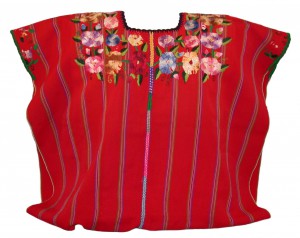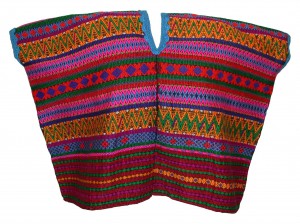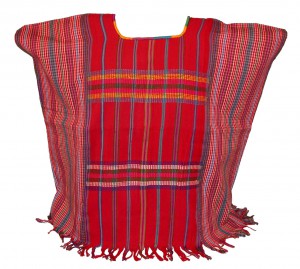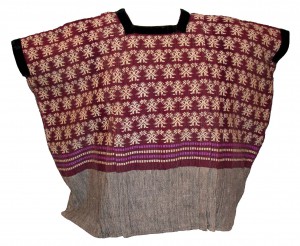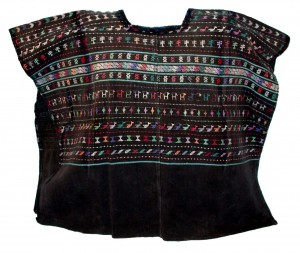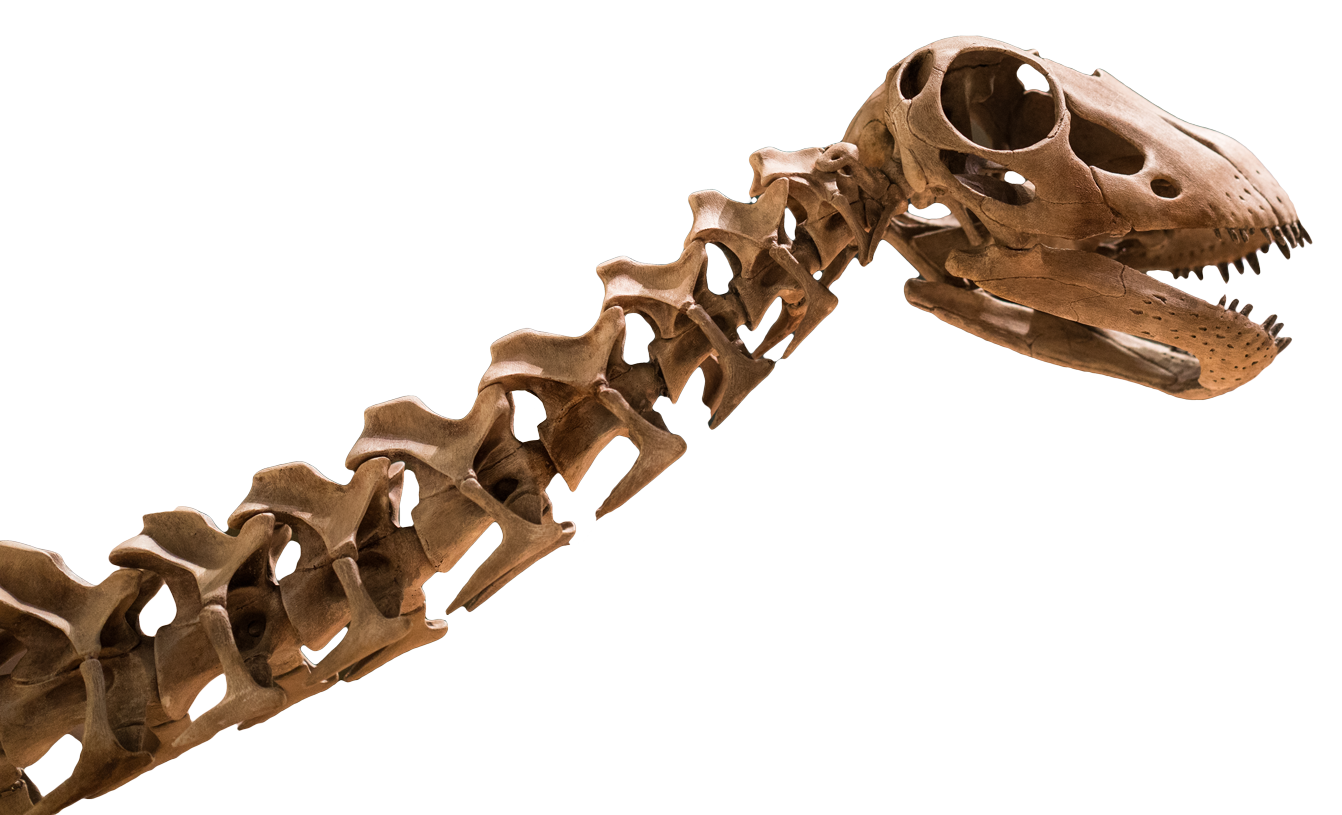More than status or gender, Maya clothing is noted for marking distinctions between different communities. Traditionally, each Maya community has its own very specific way of dressing. First, on a more general level, the clothing of the highland and lowland regions differs greatly. Obviously, a Maya man living on the coast of the Yucatan peninsula would be terribly uncomfortable in the wool shirt and trousers characteristic of highland Maya communities. Likewise, a Maya woman in the highlands would get fairly cold in the light cotton dressed favored in the lowland Maya areas. These are examples of huipils and a serape worn in the highlands of Mexico and Guatemala. Though short-sleeved or sleeveless, these are quite warm when coupled with a shawl. They also allow the wearer to adjust to temperature variations with relative ease.
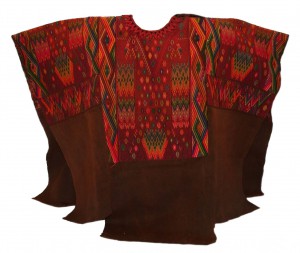
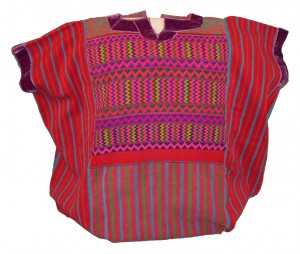
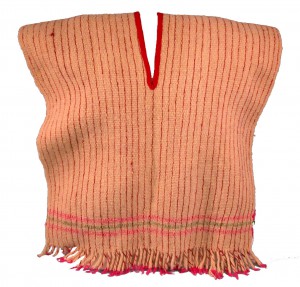
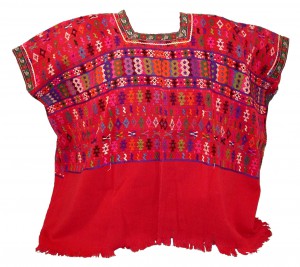
These huipils from the lowlands are more akin to dresses than blouses. They are often worn with petticoats underneath. Most are made of machine woven cotton fabric that is embroidered by hand or by machine. They are lightweight and particularly suited to tropical climes.
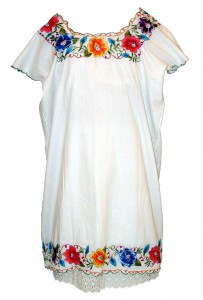
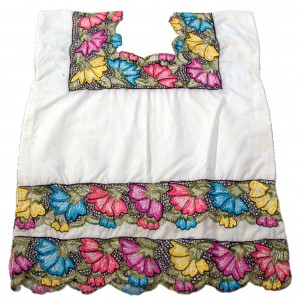
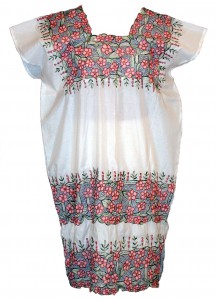
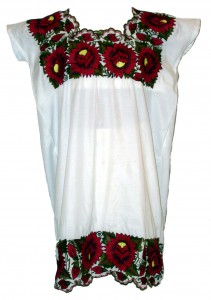
On a more specific level, clothing differentiates people from villages within these larger regions. Though there is some flexibility, each village has a distinctive and recognizable style of dress. One item of clothing that is particularly sensitive to these village-level distinctions is a woman’s huipil. When out and about, a woman can be instantly recognized as belonging to a particular community based on her huipil. And strangers particularly stand out when they venture into other communities. Across the Maya area, even within a single language group, the huipils that women wear can vary greatly, as is shown by the diversity of huipils below.
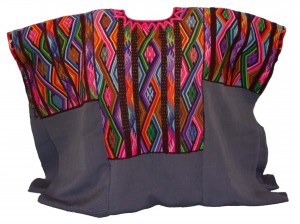
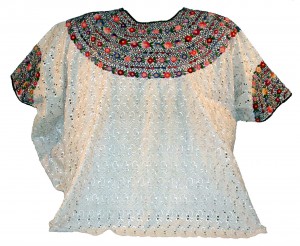
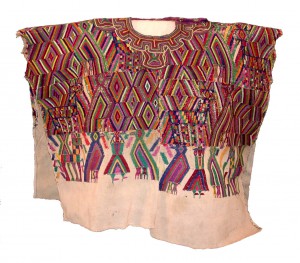
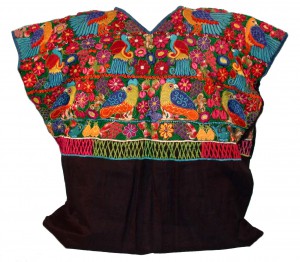
.
